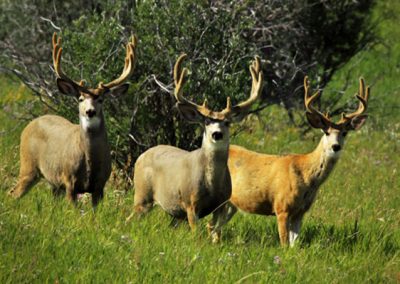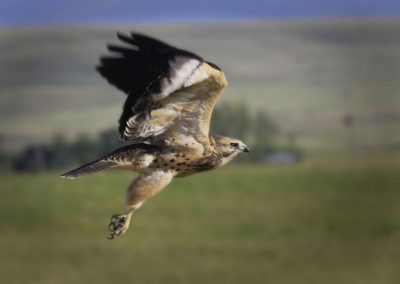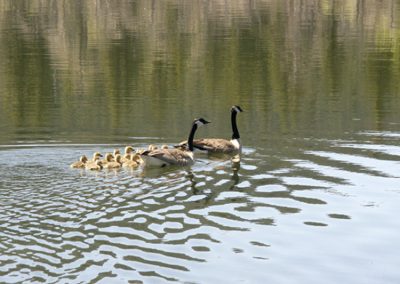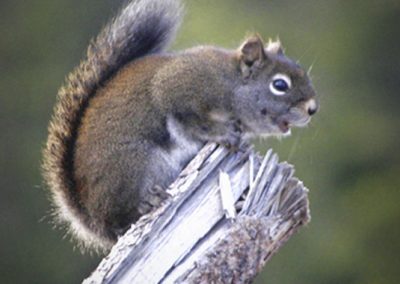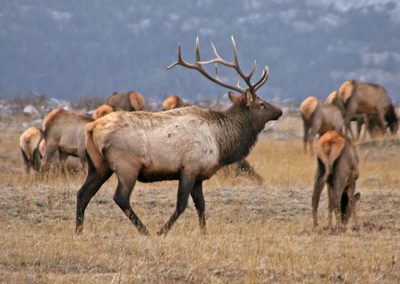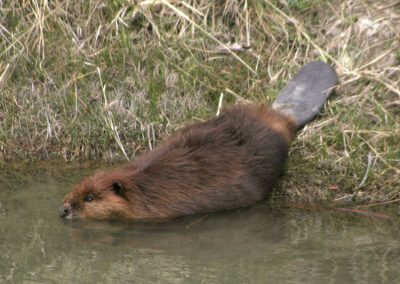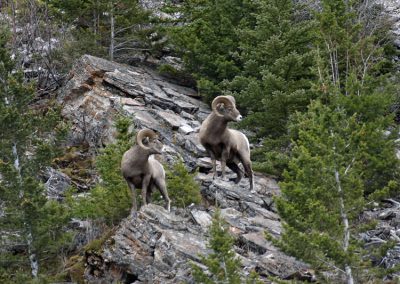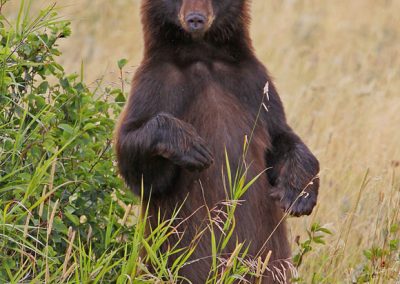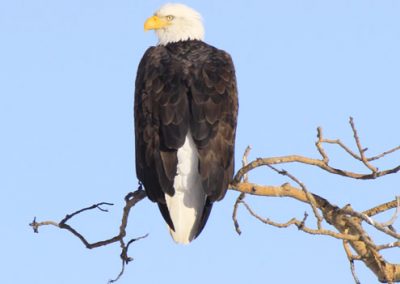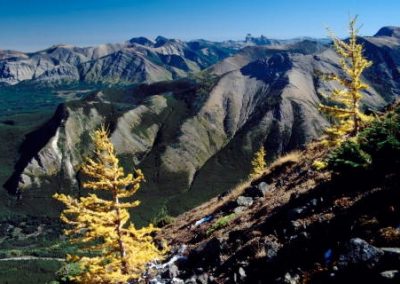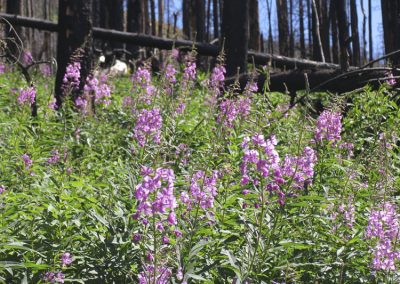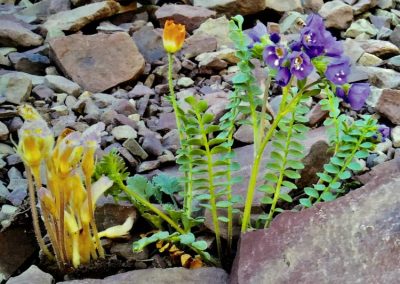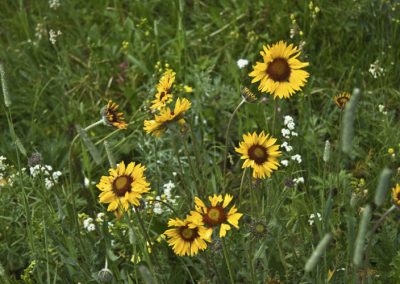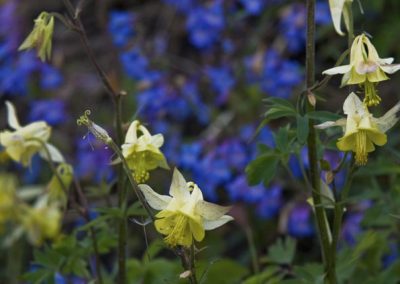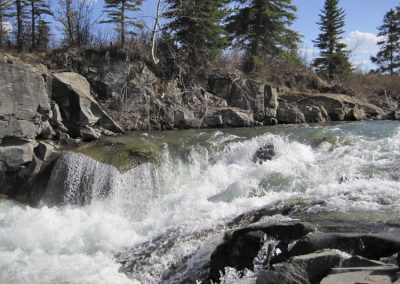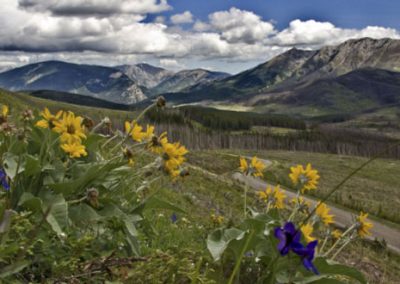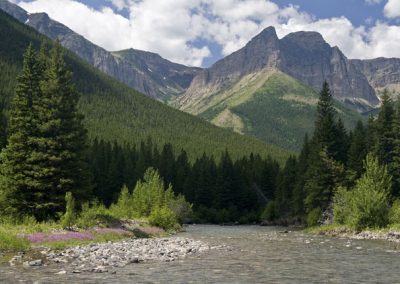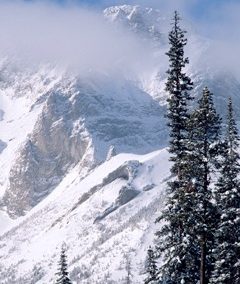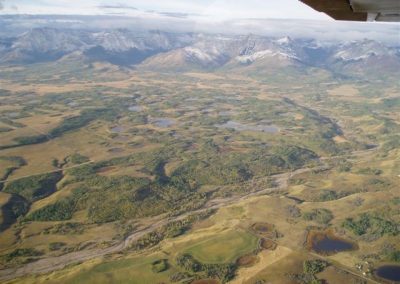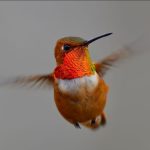There is no place on Earth like the Castle. The Castle Wilderness has spectacular landscapes and is home to an exceptional amount of wildlife.
Wildlife
There are 59 species of mammals and countless species of small fauna and other animals that have habitat in the Castle Wilderness. Many critical and at-risk species call the Castle home or use it as a vital migratory corridor. The Castle is an essential passage for grizzly bears and the long-term survival of the species depends on the Crown of the Castle.
The Castle Wilderness is a critical range for large ungulates like elk, white-tailed deer, bighorn sheep and mountain goats. Carnivores including wolves once disappeared from the Castle due to over-hunting, but have reappeared in the Castle Wilderness.
Plants
As the mountains transition to grasslands in the Castle, it creates a unique environment for plants. The Castle is a special mixing area of western and eastern species.
Plants that are common in the interior of British Columbia – such as tall huckleberry, thimbleberry, Oregon grape and large flowered fringecup – reach their eastern limits at the Castle. Big sagebrush, mountain hollyhock, mariposa lily and beargrass reach their northern limits.
Despite logging and large forest fires, the Castle has old-growth forests with Engelmann spruce, sub-alpine fir and whitebark pine in the South and West Castle Valleys. Lodgepole pine, aspen, spruce and Douglas fir grow at lower elevations. The most extensive strands of alpine larch and whitebark pine in Alberta can be found in the Castle Wilderness.
The Castle is home to over 130 provincially rare plants. Banff National Park, which is nearly nine times the size, has around 36 provincially rare plants.
Landscapes
On the east side of the Castle Wilderness is the Front Range Canyons. These narrow canyons are dominated by gale-force Chinook winds, creating a unique grassland landscape with a remarkable diversity of native plants. Although the canyons are at an elevation that supports forests, trees are sparse and stunted due to the strong winds.
The South and West Castle Valleys receive high amounts of precipitation. There are 33 high-elevation lakes, in addition to alpine and subalpine wetlands. With over 26 major headwater streams, the Castle Wilderness is vital for watersheds within and beyond the Castle Wilderness.

